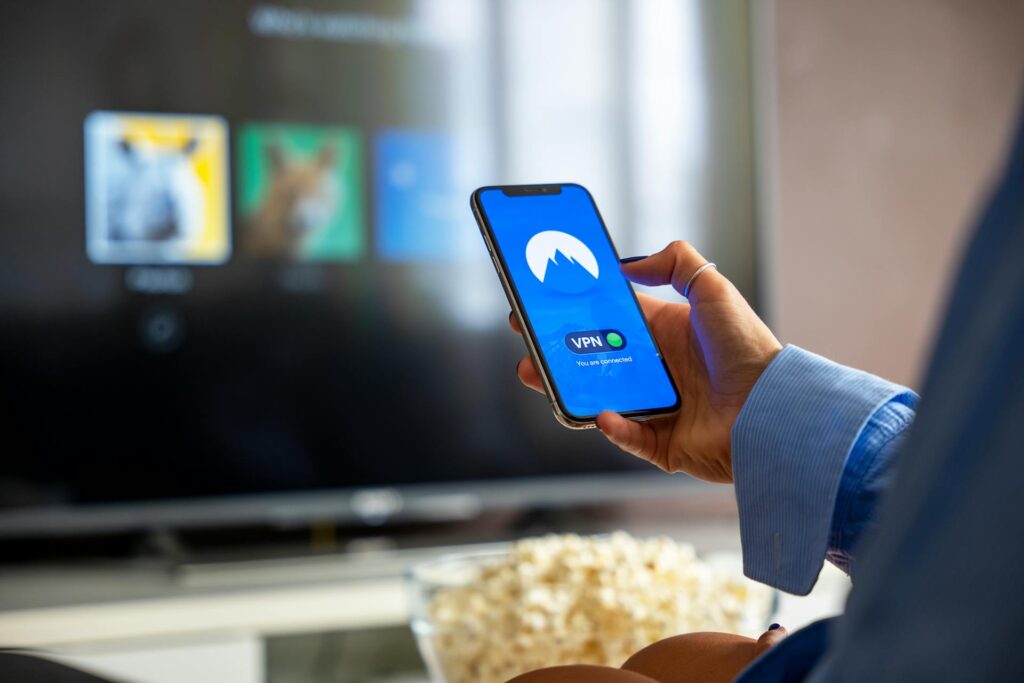Using Unlimited Hotspot Plans for Home Internet
The mobile hotspot is growing in popularity, and with good reason! These small, portable devices are powerful enough to deliver a secure internet connection on the go or at home. As reliable national wireless coverage and unlimited data plans become more pervasive, the ability to take your internet on the road with mobile broadband WiFi hotspots is catching on as well. Is it feasible to use a mobile hotspot as home internet?
In this article, we will examine the advantages of the wireless internet hotspot for home internet. Then you can decide whether cutting the internet cord and opting for a home hotspot plan is the right choice for your needs.

Why a Hotspot Instead of Home Internet?
Price is an important factor for most people looking for an internet provider. If you are looking to save money, you should first decide how you are going to use the data from the plan you pick. If, for example, you are only looking to surf the web, check your social media, and send some emails, you can get by with a limited data plan which will save you money with most providers. But, if you are like most folks today who use the internet at home for streaming entertainment, home-based business networking, or managing smart-home technology, then you want an unlimited hotspot plan for home internet, with no hard data caps and a reasonable soft cap that won’t lead to high overage fees or data throttling by your provider.
In 2018, the FCC reported that 94% of U.S. residents had access to 2 or more providers with a minimum 25Mbps download and 3Mbps upload capability. According to a 2017 USA Today article, this competition has helped control pricing, but even in areas with the most competition, robust internet speeds can still average $100 or more per month, and most require a 1-2-year commitment and have hidden restrictions on usage. Add in the hidden fees like service, installation, multiple layers of taxes, user fees, and a high-speed internet connection from cable, DSL, or even satellite can be a hard pill to swallow.
Low-cost WiFi hotspot or 4G LTE modem pricing, on the other hand, can be much more affordable. Some national providers offer limited hotspot data plans that start around $20 for 2-3 GB of data and go to $60-80 for 15-18Gb plans. But a smart shopper can find an unlimited hotspot plan for home internet with Unlimited LTE Advanced. They offer plans with no contracts, no overage charges, no installation, and no hidden fees. This makes getting low-cost portable internet without cable or DSL an affordable and low-risk option. A home hotspot plan just makes sense! But there are more reasons you may want to opt-in to the portable internet revolution.
Benefits of Mobile Broadband
The advantages of mobile broadband go beyond the convenience of using a hotspot as home internet. Portable wireless internet gives you the power to take your internet with you. Even if you’re set up with a 4G LTE modem, taking your internet where you are going is as easy as packing your toothbrush and comb. One satisfied Unlimited LTE customer explains.
“I have both an LTE modem and a hotspot that work off my unlimited wireless data plan’s SIM card. I also have a WiFi router that I connect to my modem that provides 15 WiFi connections. When my family hits the road in our RV, we plug into the RV’s power inverter and the whole family can connect their WiFi-enabled devices. When we are in the car, the hotspot provides 10 WiFi connections for up to 15 hours on the battery, or for as long as we need with a car charger. And, we can also rest assured that our modem and mobile hotspot security software will help keep our data secure whether we’re using our hotspot as home internet, or taking it on the road.
I must admit that before I got my hotspot, I was quite content with just using my phone data plan when I was away from home. When I was offered a trial with a 14-day equipment refund I decided to try it. I was sold after the first day. Not only was I able to network and surf the internet on my laptop (which my thumbs really appreciated), but having a portable guest WiFi proved both useful and convenient.
For example, one day I suggested to a co-worker that we continue working on a project over lunch. She said that we need to find a place with good WiFi. When I told her that I have good unlimited WiFi in my pocket, so we could go wherever we want, she was amazed. It wasn’t long before several of my co-workers were carrying the internet wherever they went as well.
My unlimited hotspot plan for home internet has changed the way I use the internet in other ways too. I canceled my phone’s unlimited data plan and went with the cheapest limited service because now I can connect my phone to my hotspot for internet. So, I can catch up on the latest news and sports, or stream a movie on my phone without worrying about hitting the low soft data-cap and subsequent speed throttling that most phone plans include.
And, just last week I was over at my neighbor’s house for dinner and a movie, and the movie kept buffering. He complained that his cable always slows down at the end of the month because he regularly exceeds the 600 GB data cap. I grabbed my hotspot, signed his smart TV onto it, and we watched the rest of the movie with no buffering. Again, me and my hotspot saved the day.”

How to Set Up a Hotspot or LTE Modem
Setting up an internet hotspot for home is as simple as setting up a smart TV. Unlimited LTE Advanced ships the equipment all set up and tested, so it is ready to go right out of the box.
If you need to set up your mobile broadband, the first thing you will want to do is to insert your data plan’s SIM card into the device. Locate the SIM slot location on your hotspot which, like a cell phone, is usually in the side of the device or under the battery. Once the SIM is seated, you will want to make sure the hotspot is charged. So, take the charger out, plug it into the device, and then plug the charger into an appropriate electrical outlet. You can then turn it on and familiarize yourself with the device while it charges. Your hotspot will have a viewing screen where you will find the device’s name and password for signing onto the WiFi.
If you are setting up an LTE modem it is not too much different. For example, the Netgear LB1120 offered by Unlimited LTE Advanced has a small compartment on the bottom where you install the SIM card (though, as previously stated, these usually arrive preinstalled). Then, plug the modem into a wall outlet. You can then connect one PC, laptop, or other device directly to the modem with an ethernet cable or connect a wireless router to the modem with an ethernet cable and then connect your devices to the router by cable or WiFi. Your login name and password are printed on a sticker on the modem and on the router.
If you have a modem/router combo, then you just install the SIM, turn it on, and connect your devices, and start enjoying your unlimited hotspot plan for home internet.
Sign a device like your phone or laptop onto the router or hotspot, open a browser like Internet Explorer or Chrome, and open one of the many speed test programs available. Test your speed and latency. You will want to see a latency of less than 75ms. The FCC recommends a download speed of 12-25 Mbps for multi-user families and streaming video. 4k streaming will need to be at the higher end, though most movies and TV programming look good at 720-1080 resolution (HD), which only requires about 5Mbps.
After you have tested the speed, you will want to spend some time getting familiar with all the features of your device, so that you’ll be able to use your hotspot as home internet right away. You can discover how to set up security and guest networks, change passwords, and monitor data usage, to name a few.
If you don’t see the latency or speeds you want, try moving it higher or to a different location. I set my modem up 10 inches higher on the wall and went from 3 bars to 5. Like many other things, location is important when it comes to internet hotspots for the home.
There are different types of hotspots and they tend to be delineated by price as well as features. You will find the number of WiFi connections and the distance the WiFi signal will reach as chief among the differences. Unlimited LTE Advanced offers a TGT 4G LTE Hotspot that lets you take your WiFi wherever you go!
Whatever your internet usage, you should consider portability as a useful feature worth looking into. You may find that the benefits of portable internet and using an internet hotspot for home brings unexpected utility and fun to your life. If you have any questions about portable internet, give the experts at Unlimited LTE Advanced a call today at 855-556-3278.

Mike Meyer serves as the Vice President of Marketing at Unlimited LTE, where he leads the charge in delivering innovative communication solutions to those who need them most—rural communities and people whose lives keep them constantly on the move. With nearly a decade at Unlimited LTE and over 40 years of combined industry experience across his team, Mike is deeply passionate about bridging the digital divide. For him, it’s not just about connectivity—it’s about unlocking opportunity and improving lives through better, smarter access to the world.




